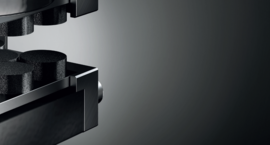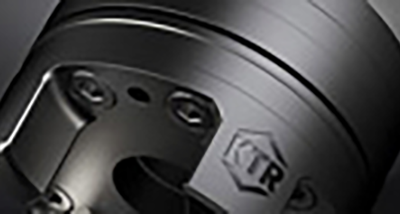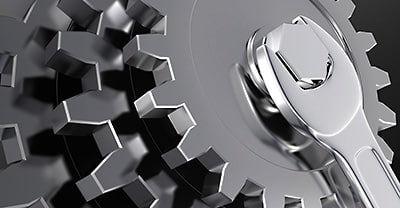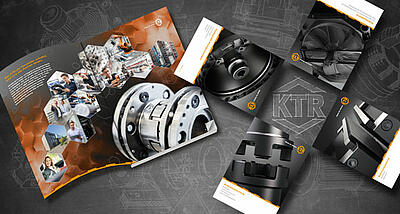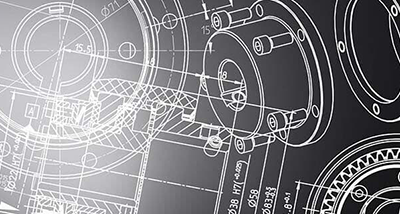"We make a small but very important contribution to the function and safety of ships."
His ideas have brought electric brakes for the wind industry to life. In our interview, Gabor-Josef Agardy, product manager for electromechanical braking systems, told us why he is now concerned with ships rather than wind.
KTR Systems: "KTR, brakes and ships - How did you find your way to us and these topics?
Gabor-Josef Agardy: "In the first 4 years of my professional activity as a young mechanical engineer I designed electrical and hydraulic production devices for the manufacturing of components for ship engines. The following 28 years I was engaged in the development of brakes. In the beginning, these were hydraulic brakes for streetcars with high demands on their durability and safety under extreme shock loads and environmental influences. A milestone for me was the year 2002, when my idea started the development of electric brakes for the wind industry.
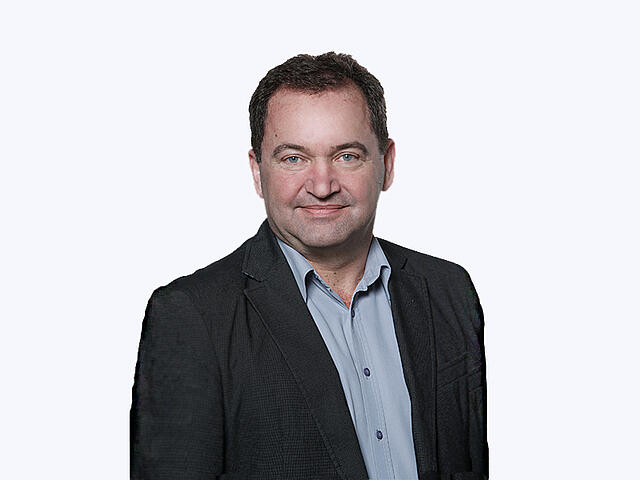
Together with two colleagues I successfully brought this vision to the market and in 2009 we founded EM Brake Systems AG with these novel products. Maritime applications and the shipbuilding industry have been interesting industrial sectors from the very beginning. KTR had already built a hydraulic brake as a parking brake for a ship propulsion system, why not offer customers an electrical alternative? After some discussions with customers the idea of the electric parking brake was positively received and in combination with another EMB development, the pulling device, the first electric "stop and turn" device for a ship propulsion system was created. The next development step to our now successful "STOP-BLOCK-TURN" devices for ship propulsion systems could not be stopped anymore. Our development team constructed several sizes and variants of the SBT device in a very short time and we have already been able to inspire many well-known customers with these products".
KTR Systems: "Everybody knows brakes on bicycles or cars, but it's a different story on ships. Where are the brakes used in ships and what characteristics must a good brake have here?
Gabor-Josef Agardy: "There are two applications: below deck and above deck. Above deck, hydraulic passive, spring-operated safety brakes are mostly used, for example on cranes or winches. These brakes require high reliability and corrosion resistance.Below deck, brakes are used to hold the propeller shaft firmly when it is not being driven. For example to protect the hydrodynamic bearings. In some applications, the brake allows the shaft to stop quickly while the ship is moving, thus increasing the ship's maneuverability. Here, only active brakes are used, with high reliability, corrosion protection, easy and safe operation and low maintenance. In general, high braking torques are required. In some applications, the brakes are part of our Stop-Block-Turn system, which also allows the ship's shaft to be turned - for example, to prevent mussel infestation in the harbour or to be able to set the blocking pin for maintenance purposes.
KTR Systems: "Some of the ships sail through unusually rough areas all over the world. What challenges are our products particularly exposed to on the high seas?
Gabor-Josef Agardy: "The components above deck are exposed to wind, weather and waves. Therefore the highest offshore corrosion protection is essential. When used in polar regions, for example on icebreakers and increasingly also on transport ships, the low temperatures are an added factor. In the engine room below deck, on the other hand, the higher temperature is more worth mentioning. At the same time, the waves also affect the products, causing inclinations of the ship and implicitly of the components in different directions. In special marine applications, extreme shock loads are added. And not to forget: A broken part must not impair the maneuverability of the ship on the high seas. It is best not to happen at all, because the spare parts store is limited or thousands of nautical miles away.”
KTR Systems: "Which project you have worked on so far was the most impressive for you and why?"
Gabor-Josef Agardy: "Our largest Stop-Block-Turn device to date, which we will deliver shortly, will soon be installed in four of the largest and most modern cruise ships in the world. When you stand in front of the ship in the shipyard and perceive its dimensions, you are indeed proud to have made a small but important contribution to the function and safety of such a colossus".
KTR Systems: " And finally, a very personal question: What do you enjoy most about the topics of ships and brakes? What motivates you to hold on to them?"
Gabor-Josef Agardy: "Every brake application is different and exciting. So many parameters have to be brought in line simultaneously to achieve the desired (braking) effect. The braking process as a tribological process is unfortunately not exactly definable and reproducible, technical understanding and experience are very helpful in this respect. At the same time my curiosity is always well served, there are always new applications, so that one can always learn something new. In the case of ships, it is also this variety of applications that continues to excite me.It is incredibly motivating when a product manager can successfully incorporate his ideas into new products and conquer new markets with these products. It is fun to advise customers about the special benefits they can derive from our products and at the same time to have an ear for their wishes and needs. These wishes can then perhaps later give rise to new ideas and products...".
KTR Systems: "Thanks for the exciting conversation, Josef!"

